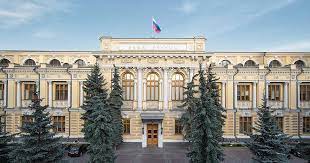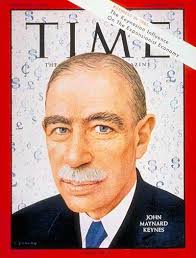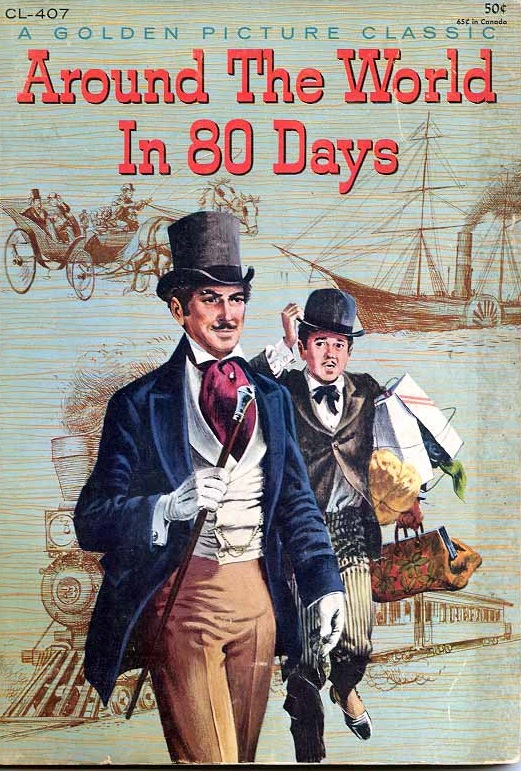How Bank of Russia and Russian Central Banking is coping with war and other political expediencies

War and Peace
War and Peace, Tolstoy’s enduring masterpiece, starts with a party scene. Set in the St Petersburg of 1805, the main characters are introduced here. Most of us would have read the ‘novel’ (Tolstoy did not call it one) in English. Lost in translation is the fact that almost the entire conversation, page after page, is in French. It was the preferred language of the Russian aristocracy. For Tolstoy, it was a literary device. He was making fun of the nobles of the day who spoke French to flaunt their exclusivity. He wanted to show how disconnected they were from core Russian values and the world around. Continue reading “Bank of Russia in War and Peace”
![]()

